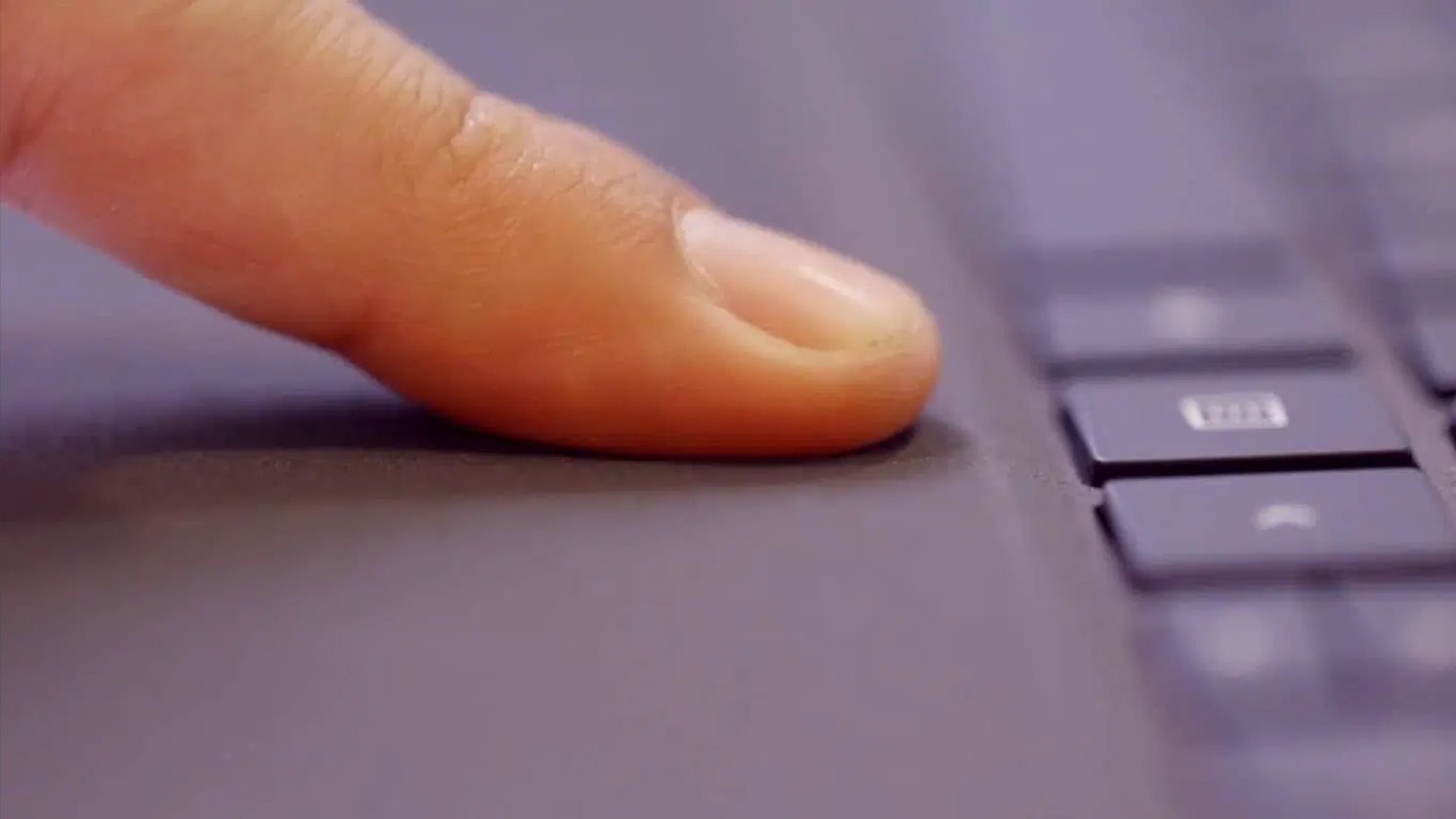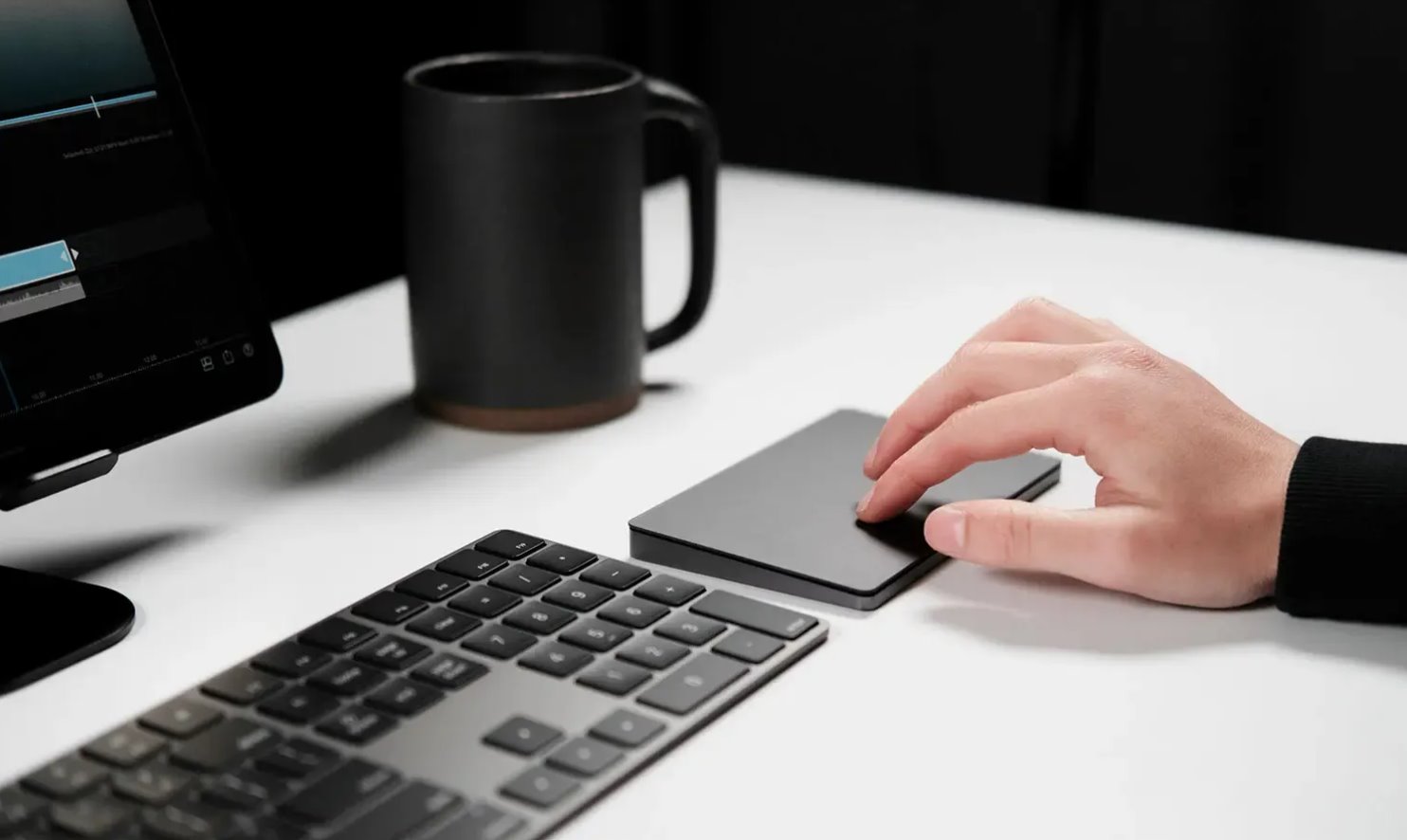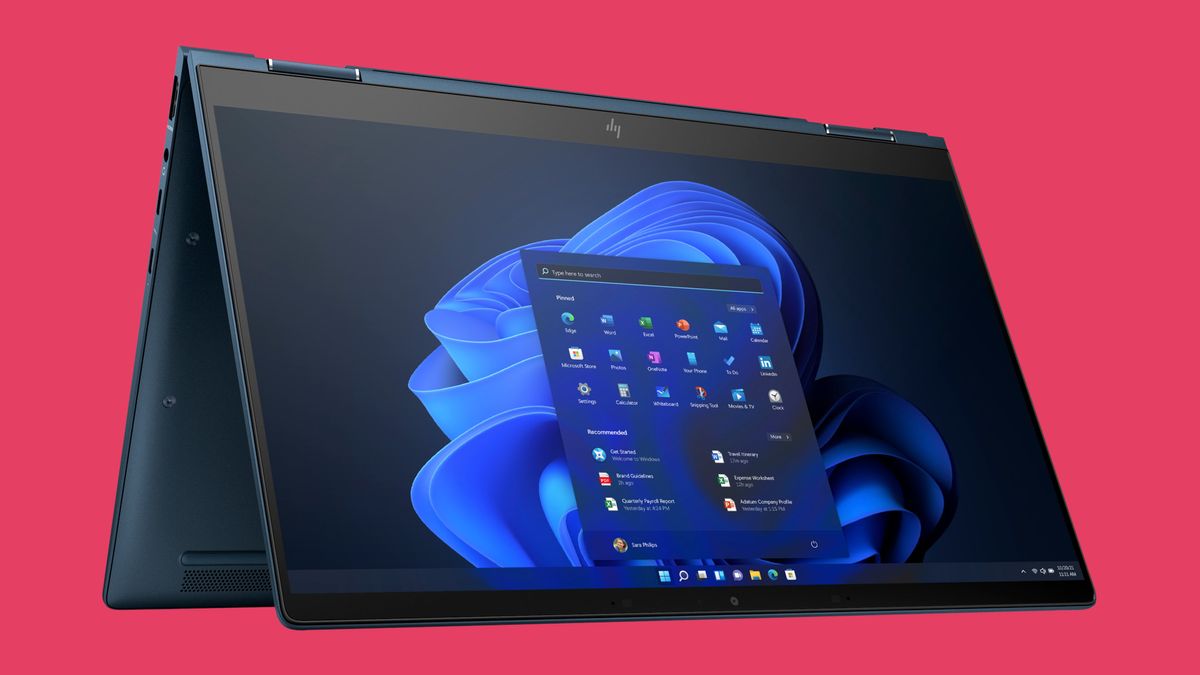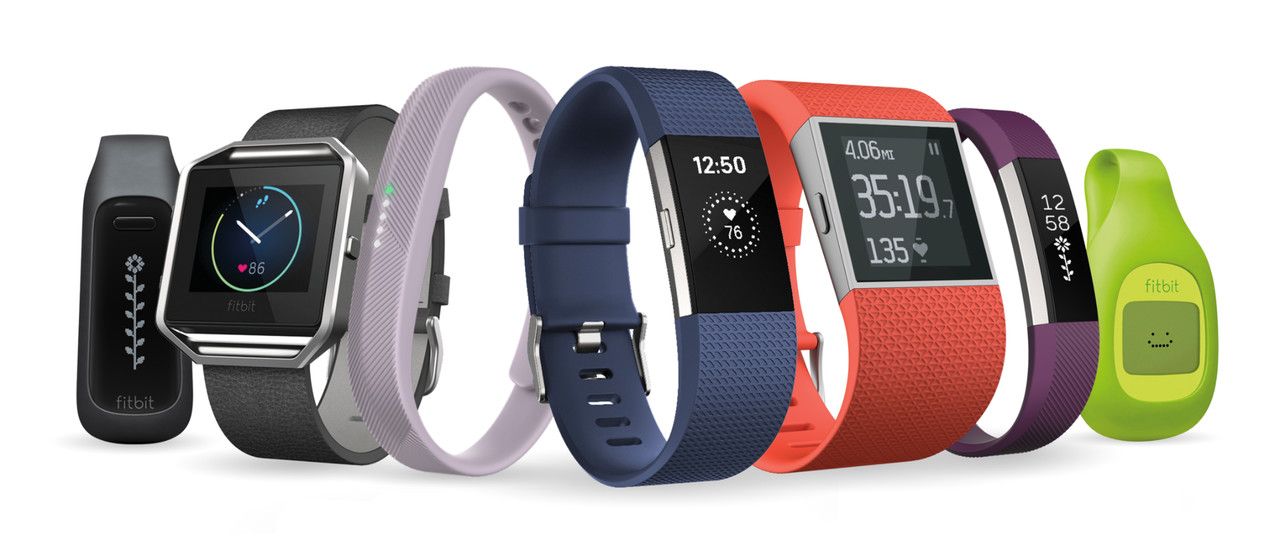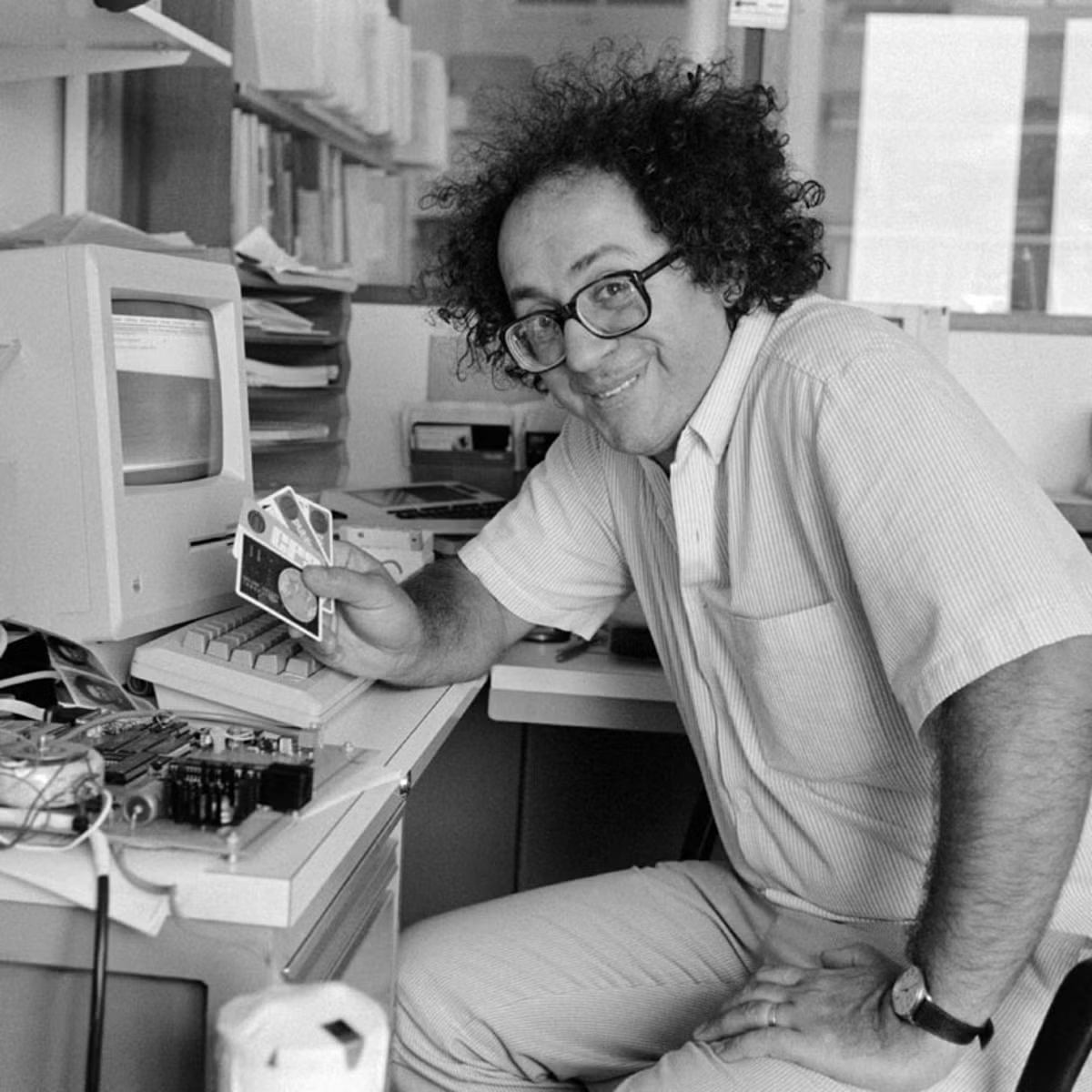Introduction
Computers have greatly evolved over the years, not just in terms of processing power and software capabilities, but also in terms of the way we interact with them. The invention of various input devices has played a crucial role in enhancing user experience and facilitating smooth navigation through digital interfaces. One such input device that has become a fundamental part of modern computing is the trackpad.
In this article, we will delve into the fascinating history of the trackpad, exploring its origins, advancements, and its significance in today’s technological landscape. From traditional input devices to the birth of the trackpad, we will unveil the milestones and innovations that have shaped this essential tool.
Over the years, trackpads have become synonymous with laptop computers, offering a convenient alternative to the traditional mouse. With their sleek design and user-friendly functionality, trackpads have revolutionized the way we interact with our portable devices.
In the following sections, we will take a chronological journey through the evolution of computer input devices, leading up to the invention and development of the trackpad. We will also discuss the first-ever trackpad to be introduced and examine the various innovations and improvements that have made trackpads an essential feature of modern laptops.
Moreover, we will explore the features and functionalities of trackpads in today’s tech industry, showcasing their versatility and how they have become an integral part of our daily computing experience. From multi-touch gestures to palm rejection technology, trackpads have come a long way in providing a seamless and intuitive user experience.
So, let’s dive into the intriguing history of the trackpad and discover how this remarkable input device has transformed the way we interact with computers.
The History of Computer Input Devices
The journey of computer input devices dates back to the early days of computing. In the early 20th century, computers relied on punch cards and paper tape as the primary means of input. These methods required users to punch holes in cards or tape to represent data and instructions.
As technology advanced, so did the input devices. In the 1940s, punch cards were replaced by the invention of the keyboard, which became the predominant input device for computers. The keyboard allowed users to input alphanumeric characters and commands using a typewriter-like layout.
As computers progressed from mainframes to personal computers in the 1970s, the need for more intuitive and precise input devices arose. This led to the advent of the computer mouse in 1964 by Douglas Engelbart, although it didn’t gain widespread popularity until the release of the Apple Macintosh in 1984.
The computer mouse revolutionized the way users interacted with graphical user interfaces (GUIs). By moving the mouse on a flat surface, users could control a pointer on the screen, enabling them to navigate menus, select options, and manipulate objects more efficiently.
While the mouse provided an improved user experience, it had limitations. The physical movement required to operate the mouse could cause fatigue and repetitive strain injuries. Additionally, a mouse necessitated ample desk space, making it less ideal for portable computers.
Recognizing the need for a more compact and ergonomic input device, inventors began exploring alternative solutions. This led to the development of the trackball in the early 1950s, a small ball housed in a stationary unit that users rolled with their fingers to control the cursor’s movement.
The trackball was a breakthrough in input device technology, providing a more compact and precise alternative to the mouse. It found applications in military computers and eventually in some early personal computers.
Despite its advantages, the drawbacks of the trackball—such as mechanical failures and the need for cleaning—prompted further innovation. The quest for a more reliable and space-efficient input device eventually led to the invention of the trackpad.
To be continued…
Traditional Computer Input Devices
Before the trackpad came into existence, traditional computer input devices played a significant role in how users interacted with computers. These devices laid the foundation for the development of more advanced and convenient input methods.
One of the earliest and most widely used input devices was the keyboard. The keyboard allowed users to input text and commands by pressing individual keys corresponding to letters, numbers, and symbols. It became an essential tool for data entry, programming, and general computer usage.
Another essential input device was the computer mouse. This handheld device, usually connected to the computer via a cable, detects movement on a flat surface using a small ball or optical sensors. By moving the mouse, users could control the movement of the cursor on the screen, selecting and manipulating objects with ease.
Alongside the keyboard and mouse, other input devices made their mark in the early days of computing. These included joysticks, gamepads, and graphics tablets. Joysticks and gamepads provided precise input for gaming and simulation applications, while graphics tablets allowed users to digitally draw and sketch using a stylus.
These traditional input devices provided indispensable functionality to early computer users. However, they were often bulky and required ample desk space. The demand for more compact and versatile input methods gave rise to the idea of the trackpad.
Trackpads aimed to address the limitations of traditional input devices by offering a smaller and more ergonomic option. They were designed to replace the mouse on laptop computers, providing a built-in input device that could be operated using finger movements.
The trackpad offered several advantages over its predecessors. It eliminated the need for a separate device like a mouse, reducing clutter and improving portability. Users could navigate through the operating system, click, and perform gestures directly on the trackpad surface, streamlining the interaction process.
To be continued…
The Birth of the Trackpad
The trackpad, as we know it today, had humble beginnings but quickly gained popularity as a versatile and convenient input device. Its birth can be attributed to the efforts of inventors and technological advancements in the field of computer input devices.
In the early 1990s, companies started exploring alternatives to the mouse for laptop computers. The goal was to create a more compact and integrated input device that could provide a seamless user experience without sacrificing functionality.
Apple, known for its innovative products, played a crucial role in bringing the trackpad to life. In 1994, Apple introduced the PowerBook 500 Series, which featured a built-in trackpad as the primary input device. This move revolutionized the way users interacted with laptops.
The trackpad, initially called the PowerBook trackpad, was an immediate hit. Its slim design allowed for easy integration into laptops, providing users with an intuitive and ergonomic input method. Instead of relying on external peripherals like a mouse, users could perform various tasks directly on the trackpad surface.
Early trackpads utilized resistive technology, which required physical pressure on the trackpad surface to register input. This meant that users had to apply a slight amount of force when performing actions such as clicking or dragging objects. While effective, this technology had its limitations in terms of accuracy and precision.
However, with the advancement of technology, trackpads underwent significant improvements. Capacitive technology, which senses changes in electrical capacitance, replaced resistive technology. This allowed for more accurate and sensitive touch input, making trackpads more responsive to users’ actions.
The implementation of multi-touch functionality further enhanced the capabilities of the trackpad. Multi-touch trackpads allowed users to perform various gestures, such as pinch-to-zoom and three-finger swiping, enabling effortless navigation and control over applications and interfaces.
Trackpads became a defining feature of laptops, with almost every laptop model incorporating this input device. Their popularity grew even more with the rise of mobile devices, such as smartphones and tablets, which also adopted trackpad-like touchscreens.
In recent years, trackpads have continued to evolve. Features like palm rejection technology have been introduced to prevent unintended input when a user’s palm rests on the trackpad surface. The advancements in haptic feedback have added tactile sensations to the trackpad, mimicking the feel of physical buttons.
Innovation in trackpad design has also resulted in the development of larger trackpads, offering more space for gestures and an enhanced user experience. Additionally, the integration of biometric fingerprint sensors within trackpads has improved security and streamlined authentication processes.
To be continued…
The First Trackpad: The Apple PowerBook 500 Series
When it comes to the birth of the trackpad, the Apple PowerBook 500 Series holds a significant place in history. Released by Apple in 1994, the PowerBook 500 Series was the first-ever laptop to feature a built-in trackpad, forever changing the landscape of portable computing.
Prior to the release of the PowerBook 500 Series, laptops primarily relied on external input devices such as a mouse or trackball. These peripherals added bulk and limited the portability of laptops. Apple recognized the need for a more integrated and streamlined input method, leading to the development of the trackpad.
The trackpad on the PowerBook 500 Series was a revolutionary addition. It eliminated the need for an external mouse, providing users with a compact input device directly integrated into the laptop’s chassis. This allowed for improved portability and a clutter-free workspace.
The PowerBook trackpad utilized resistive technology, which required users to apply slight pressure on the trackpad surface to register input. The trackpad supported basic functionalities like cursor movement, clicking, and dragging. It brought a new level of convenience and ease of use to the laptop computing experience.
The success of the PowerBook 500 Series kicked off a trend among laptop manufacturers to include trackpads as a standard input device. The trackpad quickly became an integral part of laptop design and usability, replacing the need for external mice in most cases.
Recognizing the potential and value of the trackpad, Apple continued to refine and enhance its features in subsequent laptop models. The company introduced gesture support to the PowerBook trackpad, allowing users to perform actions like scrolling, zooming, and swiping with multiple fingers.
The trackpad on the PowerBook 500 Series paved the way for future trackpad innovations, marking a turning point in laptop usability. It set the precedent for the integration of touch-sensitive input devices within laptops, enabling more natural and intuitive interaction.
Today, trackpads have become a standard feature in laptops across various brands and models. They have evolved to incorporate advanced technologies like multi-touch gestures, haptic feedback, and palm rejection, offering users a richer and more interactive computing experience.
As the trackpad continues to evolve and adapt to the changing needs of users, it remains a testament to the enduring impact of the first trackpad introduced in the Apple PowerBook 500 Series.
Trackpad Innovations Over the Years
Since its inception, the trackpad has undergone numerous innovations and advancements, continually improving the user experience and expanding its capabilities. Let’s explore some of the notable trackpad innovations that have shaped this essential input device over the years.
One of the significant advancements in trackpad technology was the transition from resistive touch technology to capacitive touch technology. Capacitive trackpads, which became prevalent in the mid-2000s, utilize the electrical properties of the user’s fingers to detect touch input. This technology allowed for greater accuracy, sensitivity, and a lighter touch on the trackpad surface.
Multi-touch functionality was another groundbreaking innovation in trackpad design. Introduced by Apple in 2008 with the MacBook Air and MacBook Pro, multi-touch trackpads enabled users to perform various gestures using multiple fingers. Pinch-to-zoom, two-finger scrolling, and three-finger swiping became intuitive ways to navigate and interact with digital content.
Responsive haptic feedback is another area of advancement in trackpad technology. Haptic feedback provides tactile sensations to simulate the feel of physical buttons. By integrating haptic motors into the trackpad, users can experience subtle vibrations or clicks when performing certain actions, enhancing the overall touch experience.
Palm rejection technology has also greatly improved the functionality and usability of trackpads. With the advancements in touch-sensitive technology, trackpads can now differentiate between intentional touch inputs from fingers and inadvertent touches from the palm or wrist. This eliminates the frustration of accidental actions and unintended cursor movements, offering a more precise and seamless user experience.
Trackpads have also seen physical enhancements in terms of size and material. Over the years, trackpads have grown larger, providing more surface area for gestures and improved accuracy. Additionally, trackpads featuring glass surfaces have become common, offering a smoother and more responsive touch experience.
Biometric authentication has found its way into trackpad technology with the integration of fingerprint sensors. By incorporating fingerprint scanners into trackpads, users can conveniently and securely unlock their devices, authenticate purchases, and access sensitive information with a simple touch of their finger.
Some trackpads have even gone beyond traditional flat surfaces by incorporating Force Touch or 3D Touch technology. These advanced trackpads can sense different levels of pressure, allowing for additional input options and interactive experiences based on the force applied.
As technology continues to advance, it is likely that trackpads will evolve further, incorporating features such as gesture customization, improved gesture recognition, and even more seamless integration with virtual reality and augmented reality applications.
The trackpad’s journey is a testament to the ongoing quest for enhanced user experiences and intuitive input methods. Through continuous innovation and improvement, trackpads have become an indispensable component of modern computing devices, providing users with a versatile and efficient way to interact with their digital world.
Trackpads Today: Features and Functionality
In today’s tech landscape, trackpads continue to be a vital input device, offering a wide array of features and functionalities that enhance productivity and user experience. Let’s explore the capabilities of trackpads present in modern computing devices.
One of the standout features of trackpads today is the integration of multi-touch gestures. Users can perform a variety of intuitive gestures, such as swiping, scrolling, and zooming with two or more fingers. These gestures allow for seamless navigation through applications, web pages, and documents, providing users with a more natural and immersive computing experience.
Trackpads now often include palm rejection technology. This technology intelligently distinguishes between intentional touch inputs from fingers and inadvertent touches from the palm or wrist, preventing accidental actions and cursor movements. This ensures that users can interact with the trackpad without interference or frustration, maintaining precise control over their digital interactions.
Many trackpads also support pressure-sensitive input, allowing users to apply varying levels of force to perform different actions. This feature, known as Force Touch or 3D Touch, provides a more nuanced and responsive user experience. Users can access contextual menus, preview content, and perform other actions based on the pressure applied to the trackpad surface.
Fingerprint sensors have become a standard feature integrated into trackpads on many laptops. This biometric authentication feature provides secure and convenient access to devices, applications, and personal information with a simple touch of a finger. Users can quickly unlock their devices or authorize transactions without the need for passwords.
Trackpads today often boast larger surface areas, providing ample space for gestures and precise cursor control. The increased size allows for a more comfortable and versatile user experience, reducing the risk of accidental misclicks or gestures.
Furthermore, advancements in haptic feedback technology have improved the tactile experience of trackpads. Users can now feel subtle vibrations or clicks when interacting with the trackpad surface, providing a more immersive and responsive touch experience.
Customization options have also made their way into trackpad settings. Users can personalize their trackpad experience by adjusting gesture sensitivity, enabling or disabling certain gestures, and customizing the behavior of specific gestures according to their preferences and workflow.
It’s worth noting that trackpads are no longer limited to traditional laptops. They can now be found in a wide range of computing devices, including ultrabooks, 2-in-1 convertibles, tablets, and even external trackpads for desktop use. This widespread adoption reflects the trackpad’s versatility and usability across various computing environments.
Overall, trackpads have become an essential tool for navigating and interacting with modern computing devices. With their multi-touch gestures, palm rejection, biometric authentication, and other innovative features, trackpads continue to evolve and reshape the way we interact with digital interfaces, enhancing productivity and user satisfaction.
Conclusion
The trackpad has come a long way since its inception, transforming the way we interact with computers and revolutionizing the user experience. From its humble beginnings in the Apple PowerBook 500 Series to the advanced trackpads found in modern laptops and other computing devices, this input device has undergone significant innovations and improvements.
We have explored the history of computer input devices, witnessing the transition from punch cards to keyboards and then to the mouse. Along the way, the limitations and drawbacks of traditional input devices paved the way for the birth of the trackpad, offering a more compact, integrated, and versatile alternative for laptop users.
The first trackpad introduced in the PowerBook 500 Series marked a turning point in laptop usability. It led to a trend among laptop manufacturers to incorporate trackpads as a standard input device. As technology evolved, trackpads experienced advancements in touch-sensitive technology, multi-touch gestures, haptic feedback, and other features.
Today, trackpads play a crucial role in modern computing devices, enabling users to navigate through interfaces, perform various gestures, and access contextual menus with ease. With the integration of palm rejection technology, biometric authentication, and customizable settings, trackpads offer a seamless and personalized user experience.
The trackpad’s journey reflects the ongoing pursuit of enhancing user experiences and creating more intuitive input methods. It has become an indispensable component of laptops, ultrabooks, tablets, and other computing devices, streamlining productivity and allowing for effortless interactions with digital content.
As we look to the future, it is likely that trackpads will continue to evolve and adapt to the changing needs and technological advancements. We can anticipate further enhancements in gesture recognition, customization options, and even integration with emerging technologies like virtual reality and augmented reality.
In conclusion, the trackpad has transformed the way we navigate and interact with computers. Through continuous innovation and improvements, the trackpad has become an essential tool in modern computing, providing users with a seamless, intuitive, and versatile input method.







